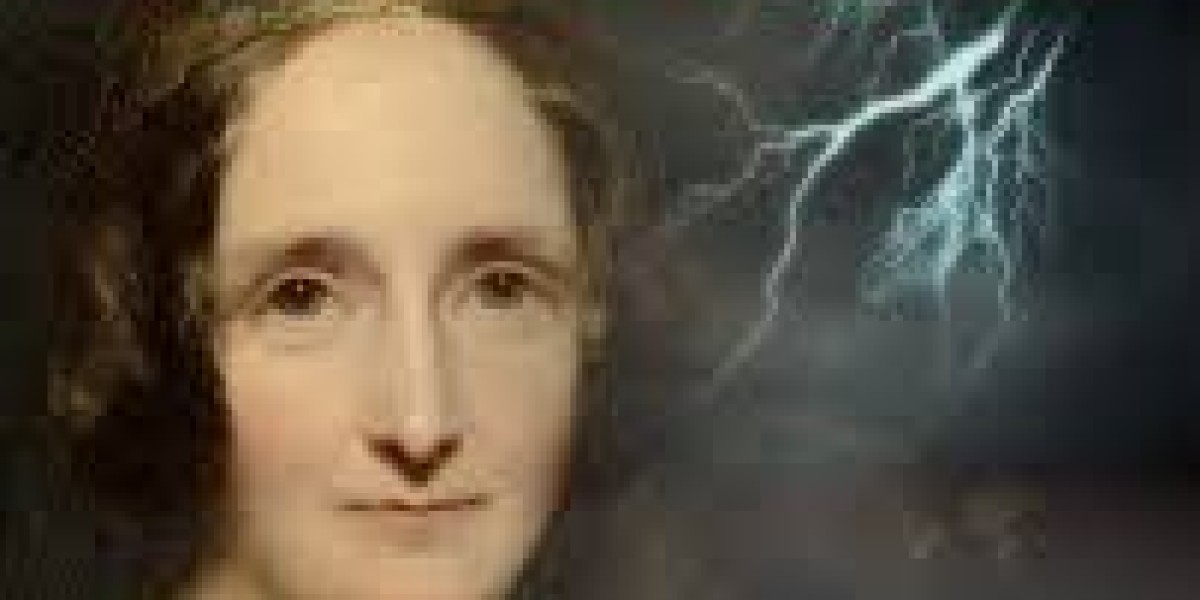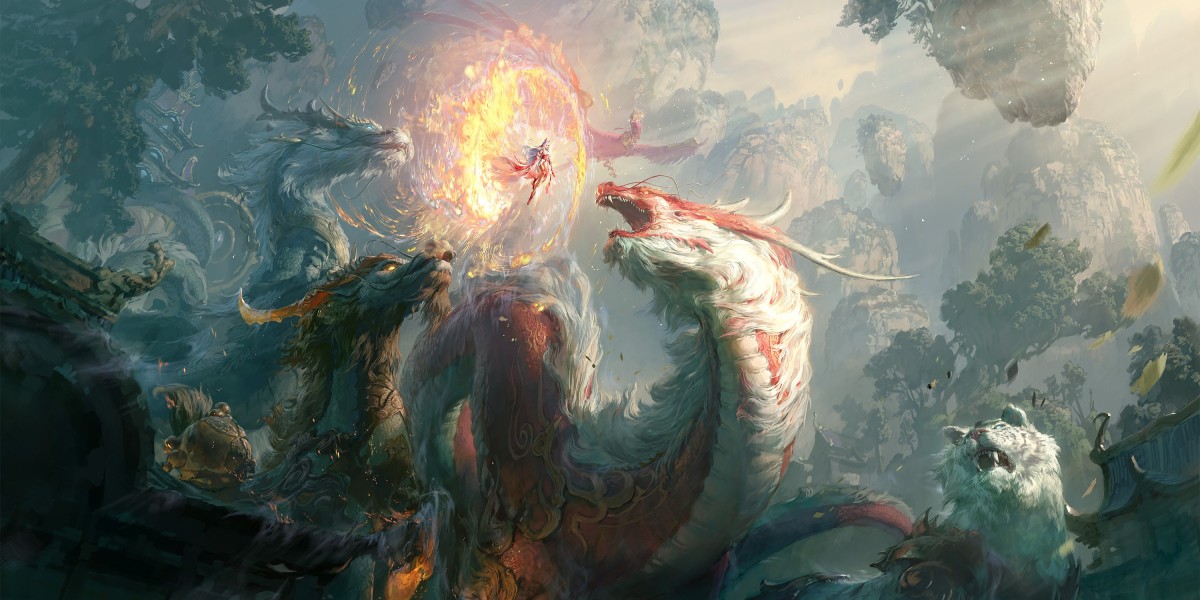Mary Shelleys Frankenstein," initially written in 1818 and later reissued in a more widely embraced edition in 1831, undeniably stands as a groundbreaking literary work. This enduring masterpiece is celebrated for its role as the pioneer of the science fiction genre, seamlessly blending elements of verifiable scientific principles with imaginative components that transcended the boundaries of its time. Additionally, while it ventured into the realm of science fiction, the novel prominently bears the unmistakable traits of both horror and gothic literature, infusing its narrative with layers of dark allure and intricately woven storytelling.
Shelley's inspiration for this magnum opus emerged from a creative competition among literary luminaries. It all began during an evening of intellectual challenge and camaraderie when Mary Shelley found herself in the company of her husband, the renowned Romantic poet Percy Bysshe Shelley, the enigmatic Lord Byron, and Byron's personal physician, John Polidori. This intriguing contest was conceived to determine who among them could craft the most spine-tingling and hair-raising tale.
In the end, it was Mary Shelley's imagination that reigned supreme, giving birth to the tale of Victor Frankenstein and his monstrous creation. Her narrative, a cautionary exploration of the consequences of playing god and tampering with the laws of nature, has endured through the ages as a testament to the power of human creativity and the perils of unchecked ambition. "Frankenstein" remains a work that challenges our understanding of science, morality, and the human condition, all while weaving a narrative that continues to captivate and haunt readers to this day.



